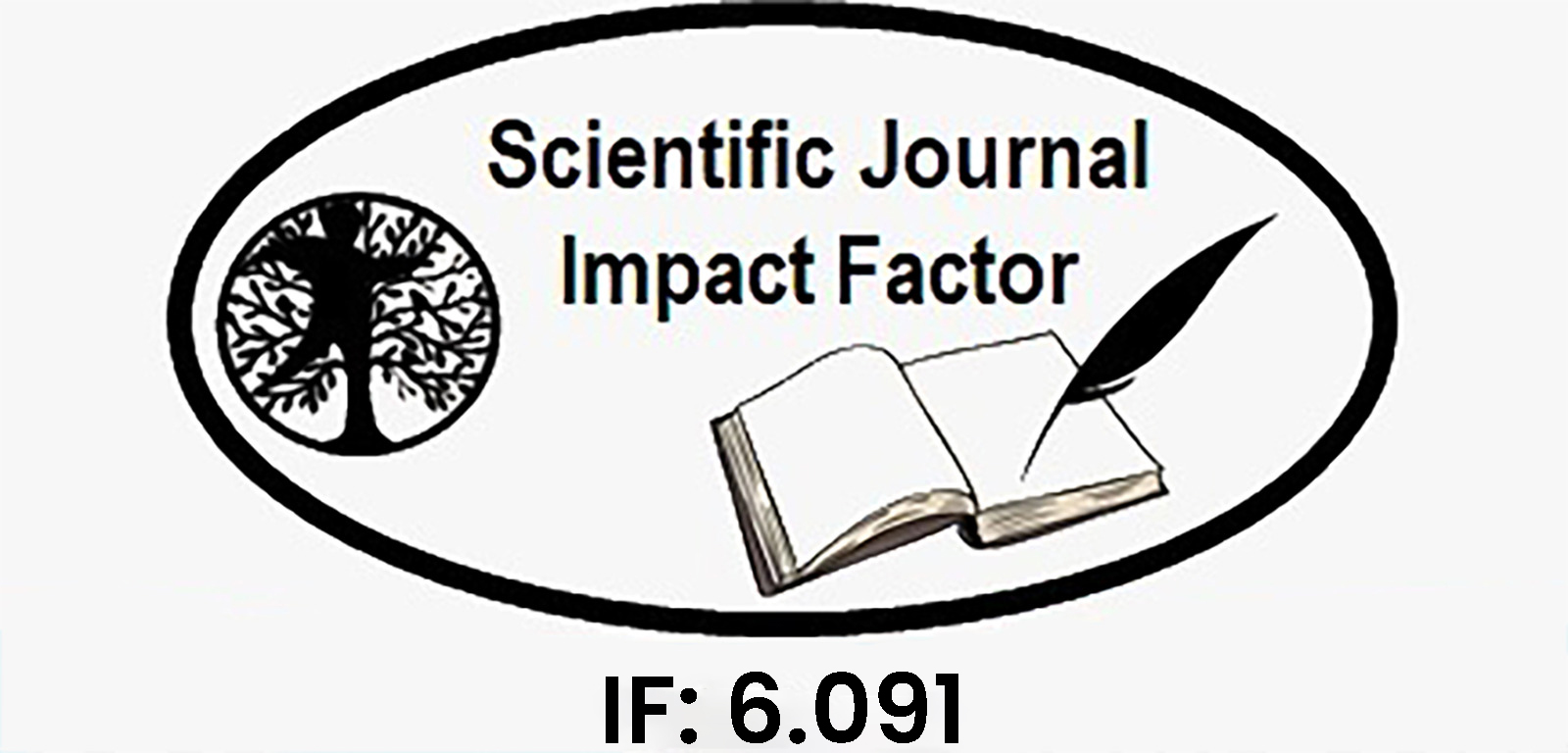HEARTBEAT DYNAMICS: A NOVEL EFFICIENT INTERPRETABLE FEATURE FOR ARRHYTHMIAS
Abstract
Arrhythmias represent a significant class of cardiovascular diseases, where timely and
accurate detection plays a pivotal role in preventing high
cardiac death. Despite the considerable attention focused on automatic arrhythmia
detection using electrocardiogram (ECG), traditional methods relying on static
features often fail to adequately capture the nuanced changes in ECG signals, leading
to the oversight of crucial but subtle pathological information. While deep learning
(DL) techniques have shown promise in extracting features for arrhythmia
classification, their interpretability remains a challenge. In this study, we introduce a
novel and efficient interpretable feature for arrhythmia classification: heartbeat
dynamics. This feature captures morphological changes in heartbeats, exhibiting
heightened sensitivity to subtle v
changes throughout the cardiac cycle at the electrophysiological level. To assess its
effectiveness, we conducted experiments using the MIT
with three classical classifiers: k
support vector machine (SVM). Our proposed method achieves remarkable results,
with 99.41% accuracy, 99.10% precision, 98.84% recall, and a 0.9897 F1 score when
using KNN as the classifier, comparable to or even surpas
methods. These findings underscore the robust discriminatory power of heartbeat
dynamics across different classes of heartbeats. We anticipate that integrating the
heartbeat dynamics feature with other static features will enhance the ge
capacity of arrhythmia detection algorithms, further advancing the field of
cardiovascular diagnostics.
ISSN 2347Volume 12, IssueHEARTBEAT DYNAMICS: A NOVEL EFFICIENT
INTERPRETABLE FEATURE FOR ARRHYTHMIASKOTA SANJANA,3
JAKKALI SAIKUMAR,4G. KIRAN KUMAR
REDDY,5KOLIPAKA AKASH
Assistant Professor,Department Of CSE,Malla Reddy Institute Of Engineering And
Technology(autonomous),Dhulapally,Secundrabad, Telangana, India,degondapushpa@gmail.comDepartment Of CSE,Malla Reddy Institute Of Engineering And
Technology(autonomous),Dhulapally,Secundrabad, Telangana, India.
Arrhythmias represent a significant class of cardiovascular diseases, where timely and
e detection plays a pivotal role in preventing high-risk events like sudden
cardiac death. Despite the considerable attention focused on automatic arrhythmia
detection using electrocardiogram (ECG), traditional methods relying on static
to adequately capture the nuanced changes in ECG signals, leading
to the oversight of crucial but subtle pathological information. While deep learning
(DL) techniques have shown promise in extracting features for arrhythmia
ability remains a challenge. In this study, we introduce a
novel and efficient interpretable feature for arrhythmia classification: heartbeat
dynamics. This feature captures morphological changes in heartbeats, exhibiting
heightened sensitivity to subtle variations and reflecting underlying dynamical
changes throughout the cardiac cycle at the electrophysiological level. To assess its
effectiveness, we conducted experiments using the MIT-BIH arrhythmia database
with three classical classifiers: k-nearest neighbor (KNN), random forest (RF), and
support vector machine (SVM). Our proposed method achieves remarkable results,
with 99.41% accuracy, 99.10% precision, 98.84% recall, and a 0.9897 F1 score when
using KNN as the classifier, comparable to or even surpassing many DLmethods. These findings underscore the robust discriminatory power of heartbeat
dynamics across different classes of heartbeats. We anticipate that integrating the
heartbeat dynamics feature with other static features will enhance the generalization
capacity of arrhythmia detection algorithms, further advancing the field of
2347–3657Issue 2, May 2024298A NOVEL EFFICIENT
ARRHYTHMIASG. KIRAN KUMAR
Reddy Institute Of Engineering And
degondapushpa@gmail.comReddy Institute Of Engineering And
Arrhythmias represent a significant class of cardiovascular diseases, where timely and
risk events like sudden
cardiac death. Despite the considerable attention focused on automatic arrhythmia
detection using electrocardiogram (ECG), traditional methods relying on static
to adequately capture the nuanced changes in ECG signals, leading
to the oversight of crucial but subtle pathological information. While deep learning
(DL) techniques have shown promise in extracting features for arrhythmia
ability remains a challenge. In this study, we introduce a
novel and efficient interpretable feature for arrhythmia classification: heartbeat
dynamics. This feature captures morphological changes in heartbeats, exhibiting
ariations and reflecting underlying dynamical
changes throughout the cardiac cycle at the electrophysiological level. To assess its
BIH arrhythmia database
ighbor (KNN), random forest (RF), and
support vector machine (SVM). Our proposed method achieves remarkable results,
with 99.41% accuracy, 99.10% precision, 98.84% recall, and a 0.9897 F1 score when
sing many DL-based
methods. These findings underscore the robust discriminatory power of heartbeat
dynamics across different classes of heartbeats. We anticipate that integrating the
neralization
capacity of arrhythmia detection algorithms, further advancing the field of cardiovascular diagnostics.
Downloads
Downloads
Published
Issue
Section
License

This work is licensed under a Creative Commons Attribution-NonCommercial-NoDerivatives 4.0 International License.















